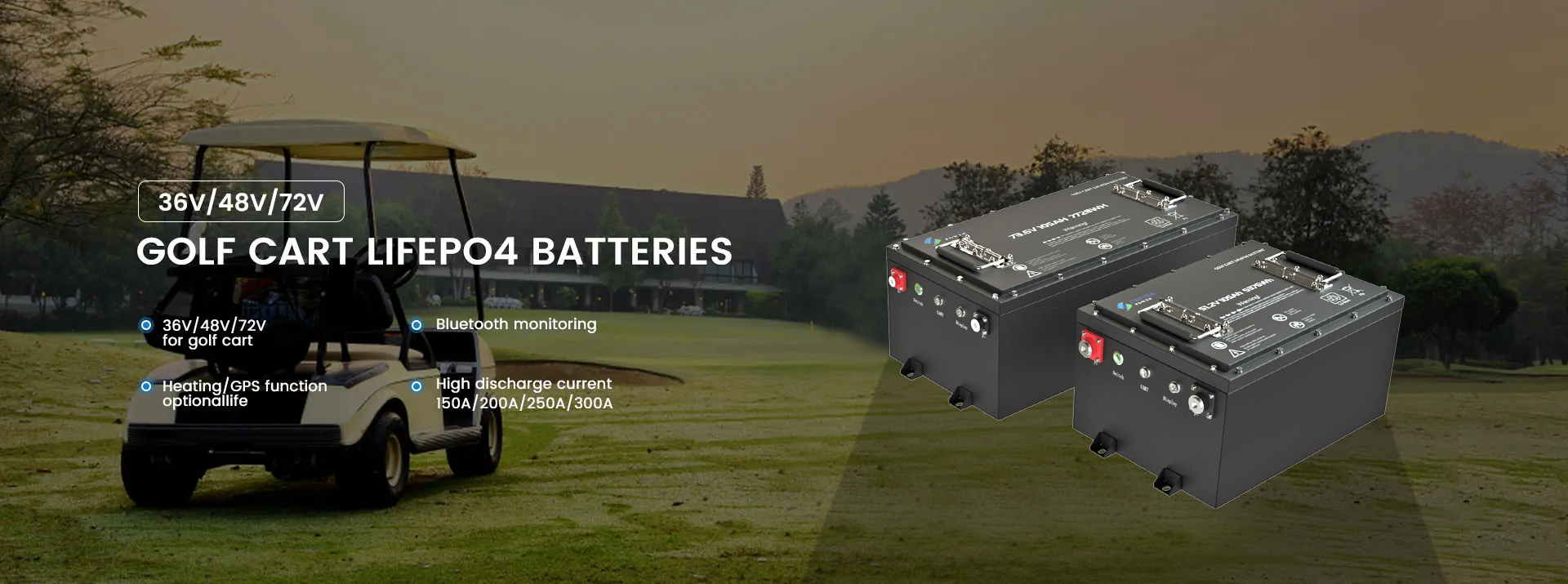
Harness Free Solar Power For Your RV Batteries
Tired of running out of battery juice when dry camping in your RV? Adding solar power allows you to tap into the unlimited energy source of the sun to keep your batteries charged up for off-grid adventures. With the right gear, connecting solar panels to your RV is straightforward. Follow this guide to get hooked up with solar and enjoy free, clean power anytime the sun is shining.
Pick Your Solar Components
Building a solar-charged system for your RV involves just a few key components:
- Solar Panel(s) - Absorb sunlight and convert it into DC electricity. Power output is measured in watts. RV roof panels typically range from 100W to 400W.
- Charge Controller - Regulates power from the solar panels to safely charge your batteries without overcharging. MPPT controllers are most efficient.
- Wiring - Cables to connect all of your solar components together. Go for 10 AWG wires good for high current DC.
- Fuse/Breaker - Safely protects the system from unexpected power spikes or shorts. Inline fuses on positive lines are ideal.
- Battery Bank - One or more deep cycle, 12V lead-acid batteries store power from the panels for use. Upgrade your RV battery capacity for increased solar storage.
- Mounts - Securely attach solar panels to your RV roof. Use RV-specific mounts for easy installation.
When selecting gear, determine how many watts your electrical needs require, and size your system components accordingly for sufficient power generation and storage.
Calculating Your Solar Needs
Consider these factors when choosing what size solar setup to implement:
- Energy Use - Estimate your daily RV electricity needs for lights, fridge, appliances, etc.
- Battery Size - The more battery capacity, the more solar power you can store.
- Expandability - Build in room to add more panels later as needs arise.
- Roof Space - You'll need adequate real estate for mounting an array of solar panels.
- Budget - RV solar can range from $500 for a starter 100W kit to $5,000+ for large roof systems.
For many RVs, a pair of 100W panels plus a PWM controller and upgraded batteries makes for a solid starter solar system.
Mounting Solar Panels on Your RV Roof
Installing solar panels on your RV roof is made simple with complete mounting kits. These contain items like:
- Rails - Aluminum rails bolt onto the roof rafters to serve as the panel base.
- Feet - Attach to the underside of the panels and fit into the rails to hold panels in place.
- Hardware - All bolts, gaskets, screws and brackets required for DIY installation.
- Instructions - Step-by-step guide walks you through the roof mounting process.
With a good kit, you can mount a set of panels yourself in an afternoon using basic tools. They provide a secure way to adhere panels long-term despite the vibration and motion from traveling.
Wiring Up The System
Next comes electrically connecting the full solar system from roof panels down to batteries. Use the following process:
1. Run cable from the RV roof solar panel outlets down through the ceiling penetration point.
2. Connect the panel cables to the charge controller wiring terminals.
3. Wire the controller to the battery bank fuse/breaker.
4. Connect fused battery cables to the RV house batteries.
5. Ensure all connections are tight and secured. Add fuses where applicable.
6. Attach the ground wire. This bonds the system components and directs current safely.
That's the basic process! Refer to the manuals for each component for specific wiring instructions. Use cable management to neatly route and secure cables.
Choose a Controller and Batteries
With panels mounted and wired up, the charge controller takes over, managing the power flow into your batteries. It will adjust amperage and voltage appropriately for safe charging.
For RV use, a MPPT controller is recommended over PWM. MPPT is more efficient and can charge even low voltage batteries. A 20 to 30 amp controller is generally sufficient for 100W to 400W systems.
Be sure to use deep cycle AGM or lithium batteries designed for solar charging. Standard starter batteries won't handle repeated cycles well. Upgrade your existing RV house batteries or add new ones specifically for solar capacity.
Adding solar power lets you take advantage of the sun's abundant rays to run your RV appliances, lights, and electronics without a generator or shore power. Follow the steps here to successfully hook up panels and enjoy free off-grid solar charging for your RV adventures!

Post time: Sep-26-2023





